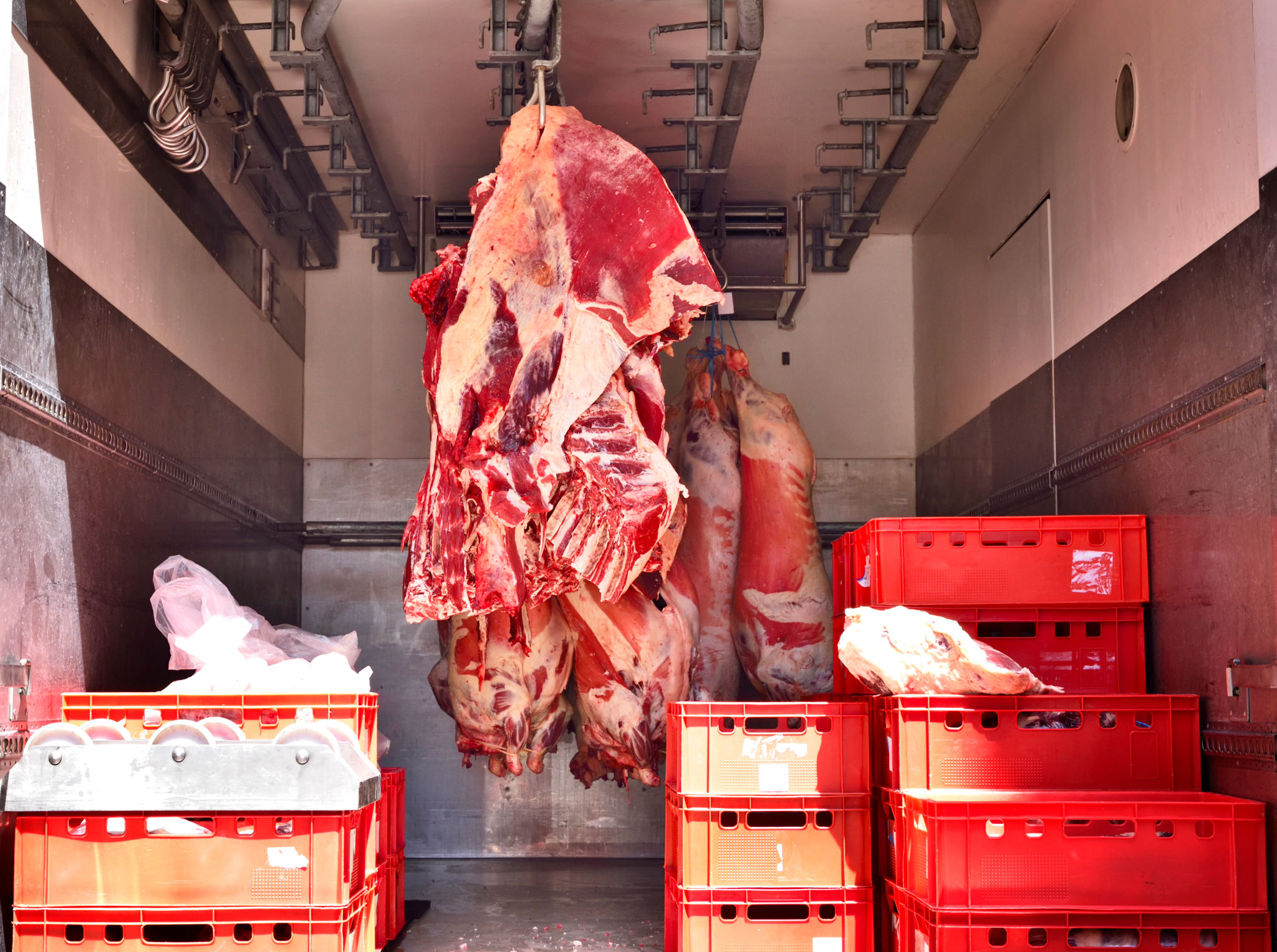Optimizing Supply Chains in the Meat Trading Industry
OP
Understanding the Current Challenges in Meat Trading Supply Chains
The meat trading industry is a complex web of producers, processors, distributors, and retailers, each playing a crucial role in getting products from farm to table. However, this intricate system often faces several challenges. Issues such as fluctuating demand, regulatory requirements, and logistical constraints can severely impact efficiency. Recognizing and addressing these challenges is the first step toward optimizing supply chains.
One of the primary hurdles is the volatility in meat prices, which is often influenced by factors like seasonal demand, health regulations, and international trade policies. Additionally, supply chain disruptions caused by unforeseen events such as pandemics or natural disasters can lead to significant setbacks. These factors highlight the need for more resilient and adaptable supply chain strategies.

Leveraging Technology for Enhanced Efficiency
Technology plays a pivotal role in modernizing supply chains in the meat trading industry. Implementing advanced systems such as blockchain for traceability or IoT devices for real-time monitoring can significantly enhance transparency and efficiency. For instance, blockchain technology allows stakeholders to track every stage of the supply chain journey, from production to retail, ensuring quality and compliance.
Moreover, automating various processes through artificial intelligence and machine learning can help in predicting demand patterns and optimizing inventory levels. These technologies not only streamline operations but also reduce waste and improve profitability. Embracing technological advancements is essential for staying competitive in today's fast-paced market.

Building Strong Partnerships and Collaborations
Another crucial aspect of optimizing supply chains is fostering strong relationships with all stakeholders involved. This includes producers, suppliers, transporters, and retailers. Building trust and maintaining open communication channels can lead to better coordination and problem-solving capabilities.
Collaborative efforts can also result in shared resources and knowledge, further enhancing the supply chain's resilience. Establishing strategic partnerships can aid in mitigating risks associated with supply chain disruptions while also fostering innovation.
Emphasizing Sustainability and Ethical Practices
In recent years, there has been a growing emphasis on sustainability and ethical practices within the meat trading industry. Consumers are increasingly conscious of where their food comes from and how it is produced. As a result, implementing sustainable practices throughout the supply chain is not only an ethical obligation but also a business imperative.
Adopting environmentally friendly practices such as reducing carbon emissions, minimizing waste, and ensuring animal welfare can lead to improved brand reputation and customer loyalty. Furthermore, sustainability initiatives often lead to cost savings through more efficient resource use.

Implementing Data-Driven Decision Making
The ability to make informed decisions based on accurate data is critical for optimizing supply chains. By leveraging data analytics, businesses can gain valuable insights into consumer preferences, market trends, and operational efficiencies. This data-driven approach enables companies to make proactive decisions that align with their strategic goals.
Regularly analyzing data not only helps in forecasting demand but also aids in identifying bottlenecks within the supply chain. By addressing these issues promptly, businesses can enhance their overall performance and achieve long-term success.
Conclusion: The Road Ahead
Optimizing supply chains in the meat trading industry requires a multifaceted approach that encompasses technology adoption, strong partnerships, sustainability initiatives, and data-driven decision-making. By addressing current challenges and embracing innovation, businesses can create more resilient and efficient supply chains capable of meeting evolving market demands.
As the industry continues to evolve, staying ahead of trends and investing in the right strategies will be crucial for success. By focusing on these key areas, companies can ensure a smoother journey from farm to table while enhancing their competitive edge.
